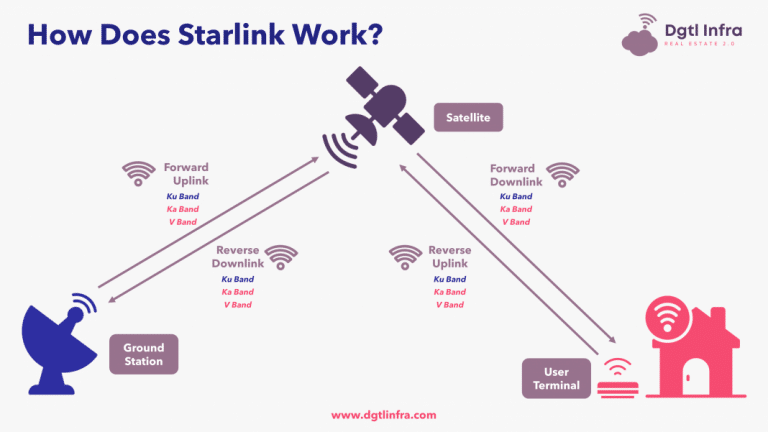


Superfast internet is easier to achieve nowadays, via fibre (1Gbps+) or even satellite (~100Mbps). The expansion of fiber optic networks, which offer higher speeds and greater bandwidth compared to traditional copper-based networks, is expected to continue. Fiber-to-the-home (FTTH) and fiber-to-the-premises (FTTP) deployments will enable gigabit-speed internet access for more users, particularly in urban areas.
Companies like SpaceX (Starlink) and OneWeb are launching satellite internet constellations to provide high-speed internet access to underserved and remote areas. Advances in satellite technology and network infrastructure could improve internet speeds and reliability for users in rural and remote locations and have provided failover connections for some of our more recent projects.



